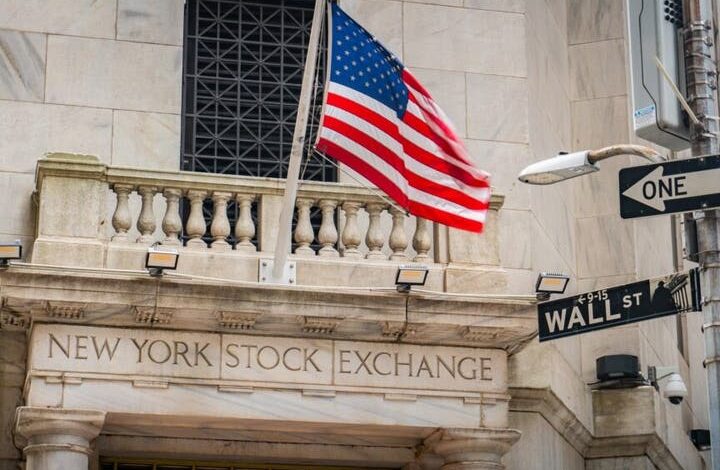U.S. Stock Futures Volatile as Inflation Data Raises Rate Concerns

U.S. stock futures exhibited mixed signals on Friday, following a day of fluctuating performance in major indices. The latest Producer Price Index (PPI) report revealed an overall annual increase of 3.3%, marking the highest rate since February 2025. This surge has raised questions regarding potential interest rate cuts by the Federal Reserve, which had been anticipated for the upcoming September 17 meeting.
The PPI excluding food, energy, and trade services rose by 2.8% over the year ending in July, intensifying the focus on inflationary pressures. In response to these developments, futures for key indices reflected volatility: the Dow Jones rose by 0.68%, while the S&P 500 was up by 0.08%. However, the Nasdaq 100 saw a slight decline of 0.15%.
Market Reactions and Key Stock Movements
The market’s reaction to the inflation report has been significant, prompting analysts to reassess expectations for interest rate adjustments. According to Chris Zaccarelli, Chief Investment Officer for Northlight Asset Management, the 0.9% increase in the PPI for July was “a most unwelcome surprise,” indicating persistent inflation within the economy. Conversely, some experts suggest a cautious approach, with Gina Bolvin, President of Bolvin Wealth Management Group, asserting that this data does not warrant panic.
In the corporate sector, shares of UnitedHealth Group Inc. surged by 12.87% after prominent investors, including Michael Burry and Warren Buffett, disclosed significant stakes in the company. Meanwhile, Intel Corporation saw its stock rise by 2.64%, despite President Donald Trump‘s call for CEO Lip-Bu Tan to resign amid concerns about potential ties to China, as raised by Senator Tom Cotton. Shares of 180 Life Sciences Corp. dropped by 8.15%, reflecting market volatility tied to fluctuations in its primary reserve asset, Ethereum.
Broader Market Trends and Economic Indicators
As the U.S. stock market faced downward pressure, most sectors within the S&P 500 ended the previous day in negative territory, particularly materials, industrials, and consumer staples. Financial and healthcare sectors bucked this trend, achieving gains while the Nasdaq Composite fell by 0.011% to 21,710.67. The Russell 2000 index also tumbled by 1.24% to close at 2,299.08.
Looking ahead, investors are poised for a series of economic data releases, including July retail sales and import price index figures, scheduled for 8:30 a.m. ET. Additionally, August’s Empire State manufacturing survey will be released shortly thereafter, putting further scrutiny on the economic outlook.
With the Federal Reserve’s interest rate decisions looming, Wells Fargo analysts advise investors to prepare for potential market volatility. The firm recommends portfolio adjustments, particularly reducing exposure to small-cap equities, which they currently view as unfavorable. Furthermore, they suggest reallocating investments into the financial sector, which they believe has a more favorable outlook.
As the market digests these mixed signals, the focus remains on upcoming economic indicators that could influence monetary policy decisions. The interplay of inflation data and corporate performance will be crucial in shaping investor strategies in the weeks to come.






